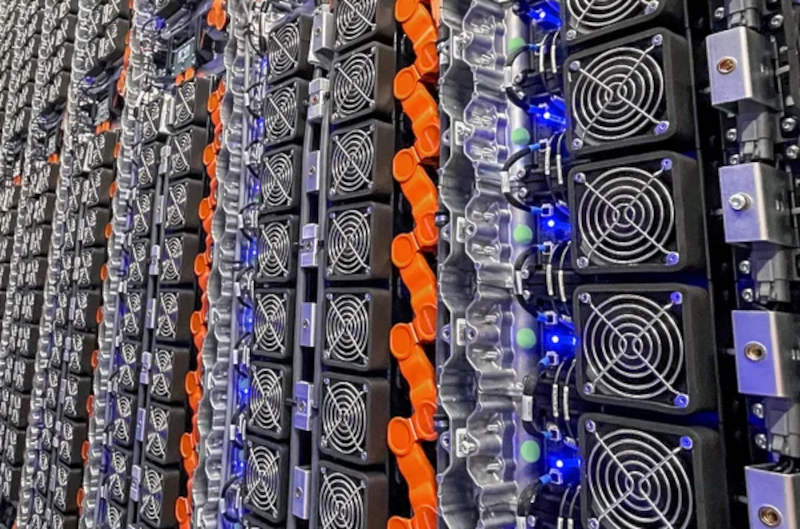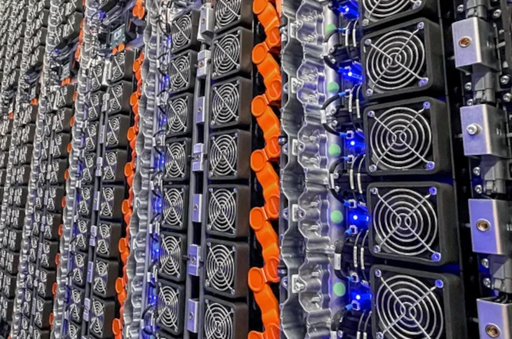
While it sounds like the start of a joke, Australian shipmaker Incat Tasmania isn’t kidding around about electric ships. Hull 096 has started charging, although it has only 85% of the over 5,000 lithium-ion batteries it will have when complete. The ship has a 40 megawatt-hour storage system with 12 banks of batteries, each consisting of 418 modules for a total of 5,016 cells. [Vannessa Bates Ramierz] breaks it down in a recent post over on IEEE Spectrum. You can get an eyeful of the beast in the official launch video, below. The Incat Tasmania channel also has other videos about the ship.
The batteries use no racks to save weight. Good thing since they already weigh in at 250 tonnes. Of course, cooling is a problem, too. Each module has a fan, and special techniques prevent one hot cell from spreading. Charging in Australia comes from a grid running 100% renewable energy. When the ship enters service as a ferry between Argentina and Uruguay, a 40-minute charge will be different. Currently, Uruguay has about 92% of its power from renewable sources. Argentina still uses mostly natural gas, but 42% of its electricity is sourced from renewable generation.
The ship is 130 meters (426 feet) long, mostly aluminum, and has a reported capacity of 2,100 people and 225 vehicles per trip. Ferry service is perfect for electric ships — the distance is short, and it’s easy to schedule time to charge. Like all electric vehicles, though, the batteries won’t stay at full capacity for long. Typical ship design calls for a 20-year service life, and it’s not uncommon for a vessel to remain in service for 30 or even 40 years. But experts expect the batteries on the ferry will need to be replaced every 5 to 10 years.
While electric ferries may become common, we don’t expect to see electric cargo ships plying the ocean soon. Diesel is hard to beat for compact storage and high energy density. There are a few examples of cargo ships using electric, though. Of course, that doesn’t mean you can’t build your own electric watercraft.
From Blog – Hackaday via this RSS feed


